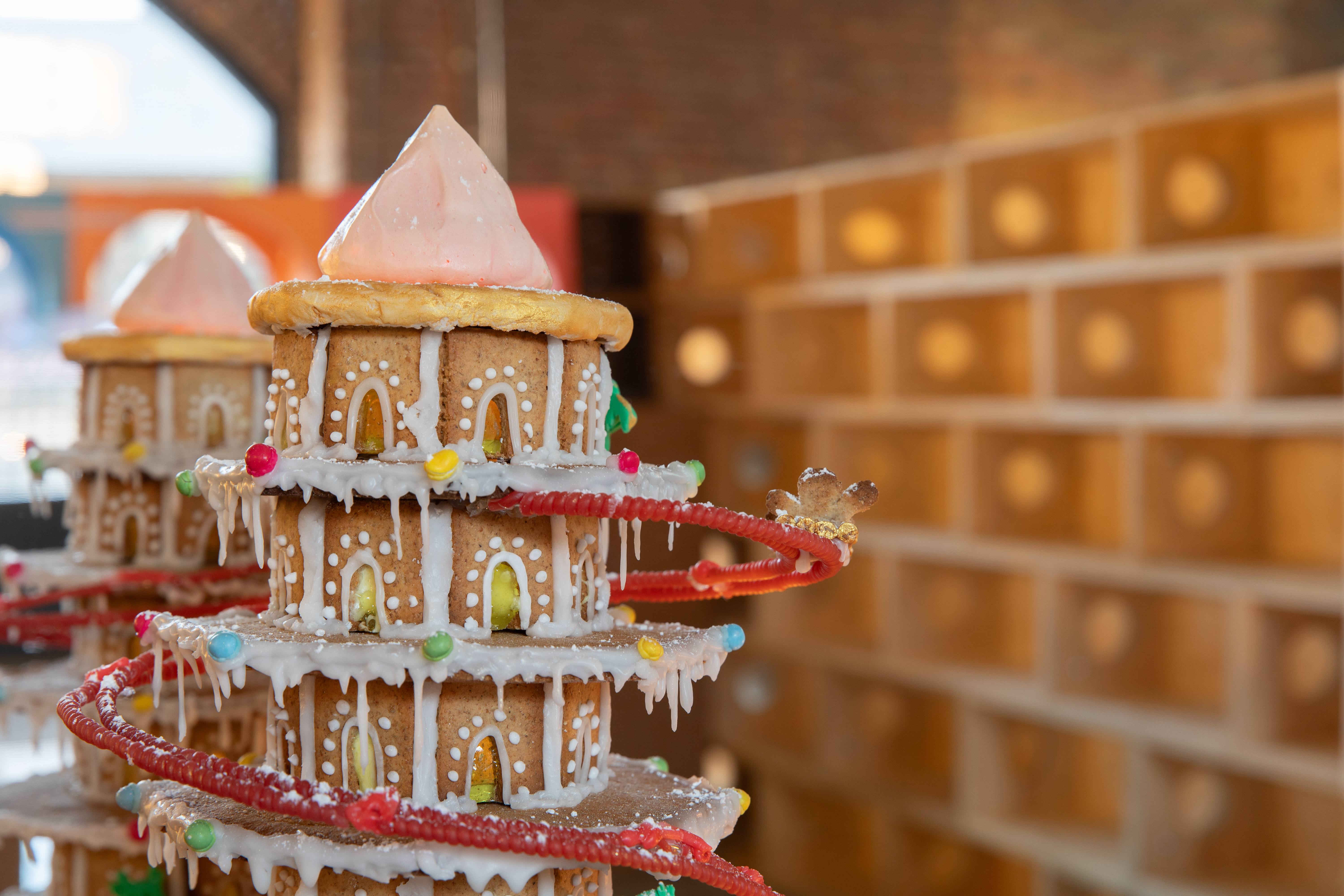The history of Hurlingham House – London home of polo
Melanie traces the illustrious history of Hurlingham House – from plague pits to polo fields

In June 2011, Polo will once again return to Hurlingham in south west London. This year Chesterton Humberts are property sponsors of MINT Polo in the Park and alongside the sponsorship, I was asked to research the history of Hurlingham and its long association with polo.
The area of Hurlingham can be traced back to 1066, when it was part of the estate belonging to the Bishops of London, whose summer residence was at the nearby Bishops Palace. It remained open fields for many centuries and it was only in the 17th century that the first buildings were constructed. However, it was chosen as the location for an isolation hospital for those suffering from the plague. In fact, the area where the lake is situated today is believed to have been the site of a plague pit.
It was only in the 18th century that the open fields along the Thames at Fulham were chosen for new houses, but the site was chosen for wealthy Londoners to build country houses surrounded by acres of land. It was in 1760 that Dr William Cadogan chose this part of Hurlingham Field to build a ‘cottage'. This 18th century house is still at the core of the current house we see today, but it was re-fronted in the early 1800s, with a grand neo-Classical facade by George Byfield for John Ellis. The house saw a number of alterations over the years, including most notably by architect Sir Edwin Lutyens, in 1906.

* Subscribe to Country Life and save 40%
With a number of different owners and occupants, Hurlingham House was also visited by many notable visitors, including The Duke of Wellington, Lord Admiral Nelson, David Garrick, Richard Brinsley Sheridan and Prime Minister George Canning.
The house continued as a private home until the 1860s, but in 1869 it officially became the Hurlingham Club, and since that time has been a highly sought after sports and social club. It originally started with pigeon shooting, but by 1874 the new game of polo was introduced to Hurlingham and it was an instant hit. The first polo match was played on 6th June, 1874, between the Royal Horse Guards and the Monmouthshire Polo Club.
Since that time until the middle of the 20th century, the name of Hurlingham was synonymous with that of polo. There were often queues of carriages waiting to get in and games were often watched by members of the British monarchy, as well as royalty from across Europe. Edward VII was a particularly keen observer of the game and often visited with Queen Alexandra. The Club became the headquarters of polo for the British Empire and was the location for many major competitions, including the hotly contested Westchester Cup between England and the United States.
Exquisite houses, the beauty of Nature, and how to get the most from your life, straight to your inbox.
There were a number of other sports played at Hurlingham, including golf, tennis, croquet, archery, and even ballooning. The club managed to survive through both world wars, where it was often used by the military, but after World War II, the polo grounds were subject to a compulsory purchase order and long regarded association came to an end. However, after 70 years of being absent, polo returned to Hurlingham with the introduction of MINT Polo in the Park in 2009.
* More details on Chesterton Humberts' sponsorship of Mint Polo in the Park
** There is a lot more to the history of Hurlingham, so for more of the story visit by blog where you can read the full colour brochure
Country Life is unlike any other magazine: the only glossy weekly on the newsstand and the only magazine that has been guest-edited by His Majesty The King not once, but twice. It is a celebration of modern rural life and all its diverse joys and pleasures — that was first published in Queen Victoria's Diamond Jubilee year. Our eclectic mixture of witty and informative content — from the most up-to-date property news and commentary and a coveted glimpse inside some of the UK's best houses and gardens, to gardening, the arts and interior design, written by experts in their field — still cannot be found in print or online, anywhere else.
-
 A Georgian farmhouse that's an 'absolute gem' in an ancient village on Salisbury Plain
A Georgian farmhouse that's an 'absolute gem' in an ancient village on Salisbury PlainJulie Harding takes a look at the beautiful West Farm in a gorgeous Wiltshire village.
By Julie Harding Published
-
 Can you guess the landmark from its gingerbread copy cat? Take our quiz
Can you guess the landmark from its gingerbread copy cat? Take our quizToday's quiz takes a detailed look at the gingerbread works on display at London's The Gingerbread City — and asks if you can guess which iconic landmark they are.
By Country Life Published

